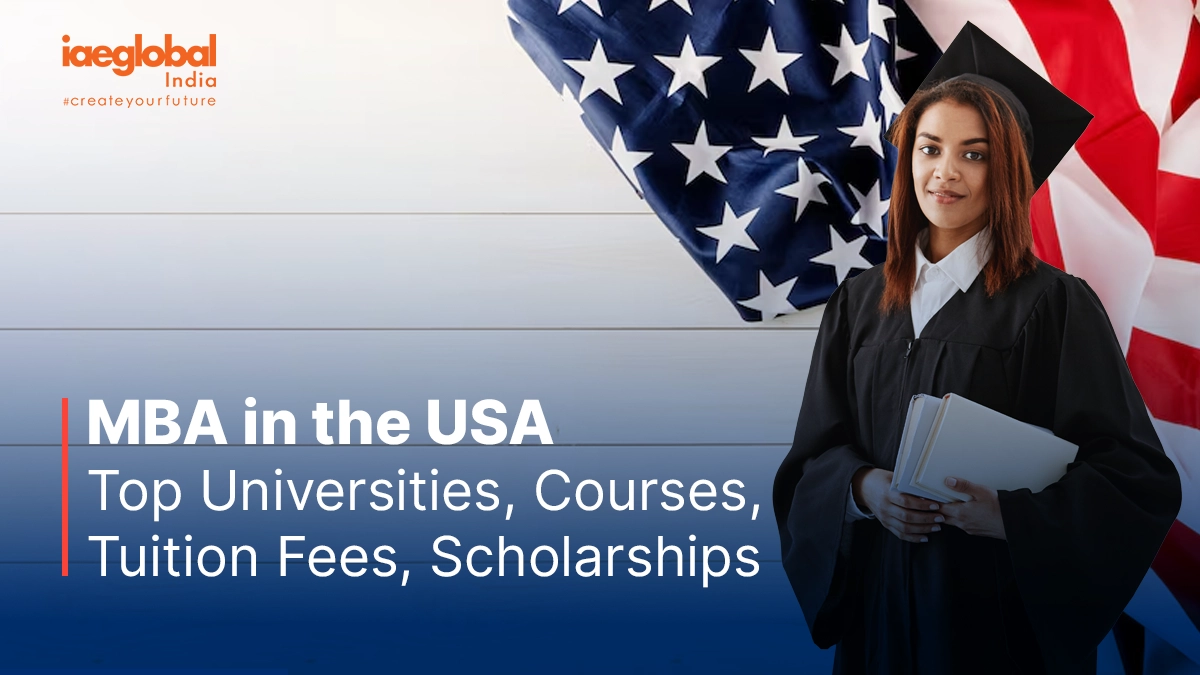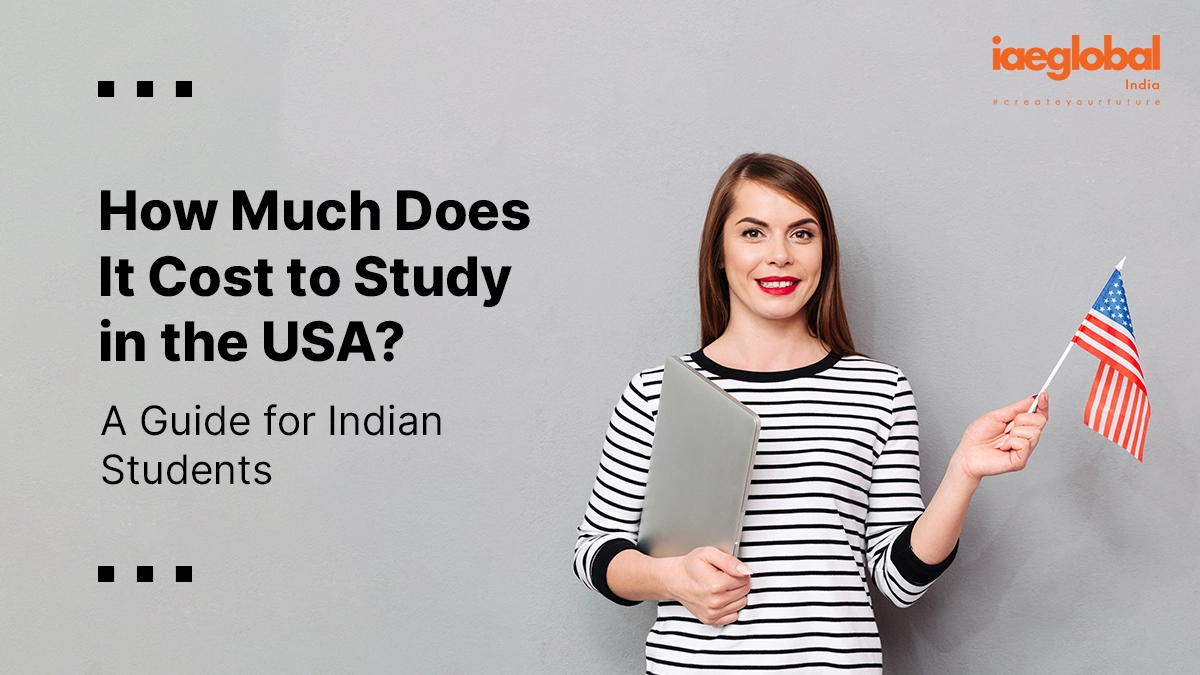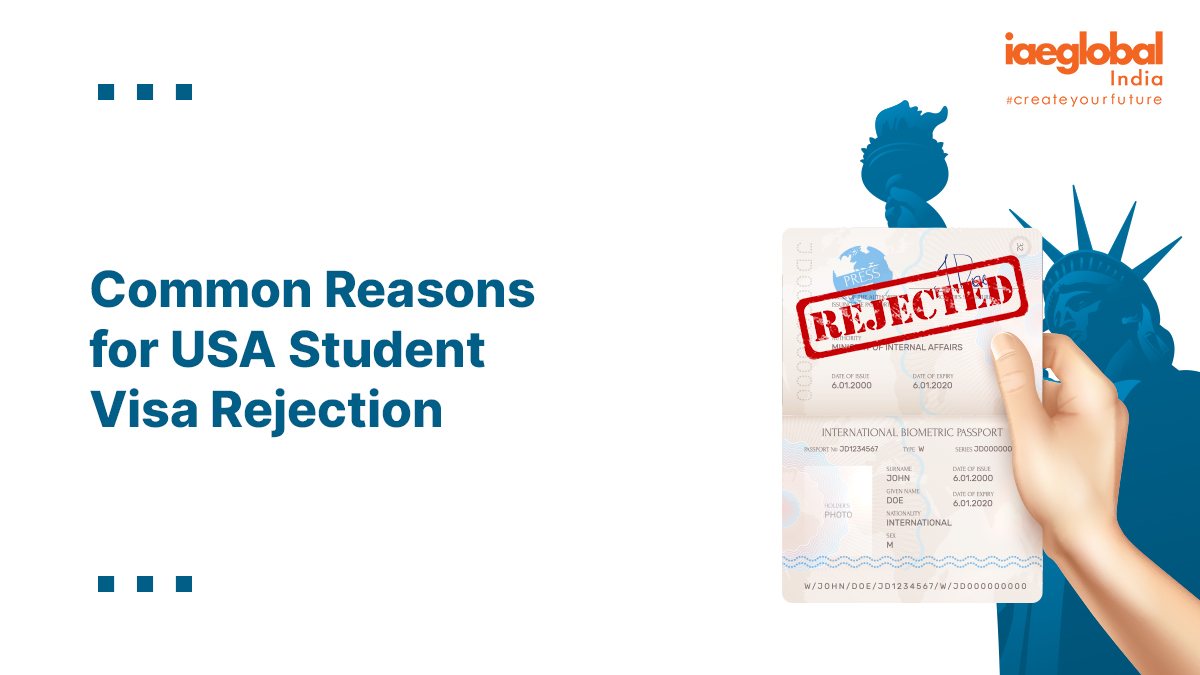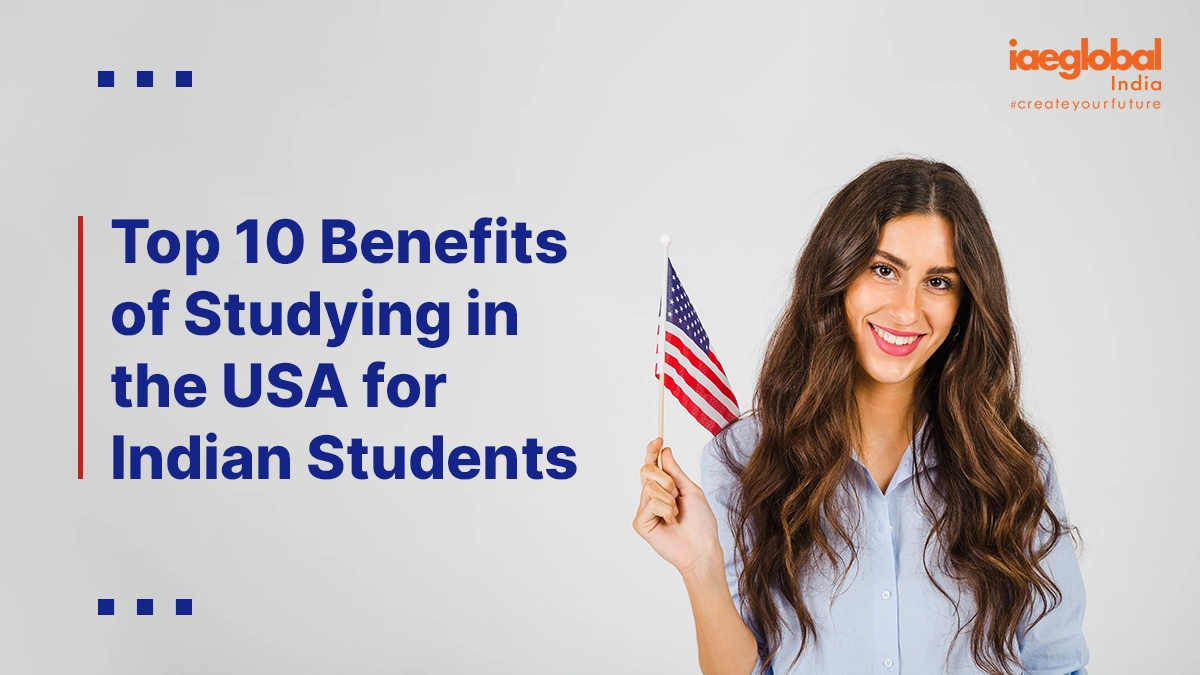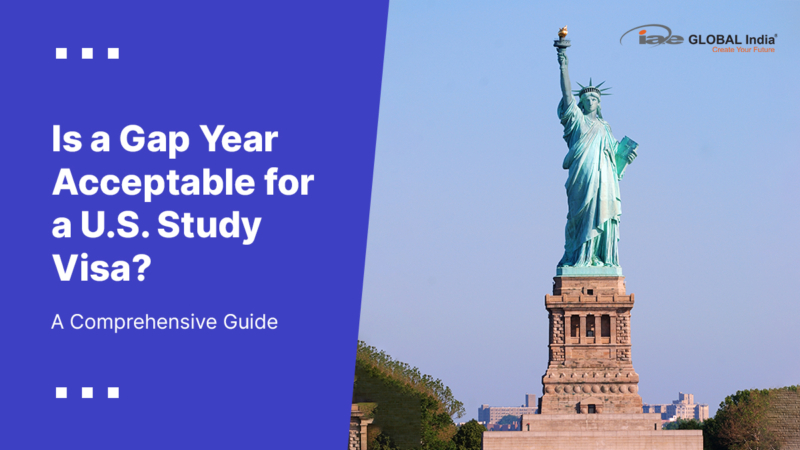
In recent years, the popularity of taking a gap year has surged, indicating a growing interest in temporary breaks from academic pursuits. The educational framework and schools in the USA offer significant flexibility, enabling students to take study breaks or gap years while studying in the US. Students enrolled in diploma and bachelor’s degree programs can opt to pause their studies for up to two years.
Similarly, individuals pursuing postgraduate degrees can interrupt their academic pursuits for as long as five years. This blog post intends to explain the gap year and provide you with the insights needed to navigate this pivotal time effectively.
The Acceptable (Gap) Duration
The good news is that the USA is relatively flexible regarding study gaps. Generally, a study gap of up to 1 year is widely accepted without the need for extensive explanation. This flexibility is because many American institutions recognize the value of practical experience and personal growth outside the classroom.
For gaps longer than a year, it’s still possible to gain admission, but it may require additional documentation. This could include a detailed explanation of how you spent your time, what you learned, and how it has prepared you for your chosen field of study. Demonstrating that your time off was used productively can turn a potential drawback into a strong point on your application.
The Gap Year: A Period of Potential
A gap year offers a unique opportunity to gain life experience, whether through travel, work, volunteering, or other personal development activities. It’s a time to explore interests, develop new skills, and perhaps most importantly, gain clarity on academic and career goals. Far from being a red flag, a well-utilized year gap can actually enhance your application for a U.S. study visa by demonstrating maturity, initiative, and a clear direction for your future studies.
Why Clarity Matters justifying the gap year?
Admissions committees look for clarity and purpose in your application. If your study gap was used to work in a field related to your intended area of study, make sure to highlight this experience. For example, if you’re applying for a computer science program and spent your year gap working in IT, this is valuable real-world experience that can enrich your academic pursuits.
In cases where the gap was due to personal or health reasons, being open and honest about your circumstances can work in your favor. Universities are looking for resilient individuals who are capable of overcoming challenges. Your ability to bounce back from adversity and pursue your academic goals can be a testament to your strength and dedication.
Understanding U.S. Study Visa Requirements
The U.S. Department of State, responsible for issuing student visas, evaluates applicants based on their academic plans, financial stability, and ties to their home country. A gap year does not inherently disadvantage your application. What matters is how you spend that time and how it contributes to your overall profile as a student. When applying for a study visa, the key is to clearly articulate the purpose of your year gap and how it has prepared you for studying in the United States.
Making the Most of Your Gap Year
To ensure your gap year strengthens your visa application, consider the following strategies:
- Purposeful Planning: Engage in activities that align with your academic and career aspirations. This could mean taking part in an internship, learning a new language, or participating in community service projects.
- Documenting Your Journey: Keep a detailed record of your experiences during your gap year. This documentation will be invaluable when it’s time to demonstrate the constructive use of your time to visa officers.
- Academic Engagement: If possible, include some form of academic activity in your year gap, such as online courses or community college classes, to stay academically active.
- Financial Preparation: Use the time to save money for your studies, if applicable, and ensure you have a solid plan for financing your education in the USA.
Visa Application Tips: Highlighting Your Gap Year
When it comes time to apply for your study visa, your gap year can be a focal point of your application:
- Narrative Coherence: Be ready to explain how your gap year activities have prepared you for your future studies and why they make you a stronger candidate for a U.S. study visa.
- Evidence of Growth: Present any certificates, letters of recommendation, or other proof of your achievements during your gap year to bolster your application.
- Financial Stability: Be prepared to show that your gap year has not negatively impacted your ability to finance your education in the USA.
Conclusion: Your Gap Year as a Launchpad
A gap year, when planned with intention and purpose, can be an incredible asset to your U.S. study visa application. It’s an opportunity to grow personally and academically, setting you up for success in your future studies. By approaching your year gap with a clear plan and keeping your educational goals in focus, you can make this period a compelling part of your journey to studying in the United States.
Remember, every student’s path is unique, and a gap year is simply one option on the diverse journey of education. With careful planning and a focus on growth, your gap year can become a powerful chapter in your academic story, showcasing your readiness and determination to pursue higher education in the USA.
FAQs
1. Is a gap year negatively viewed by U.S. universities?
U.S. universities generally view gap years neutrally or positively, especially if the time was spent gaining skills or experiences relevant to your future studies.
2. How long of a gap year is acceptable for a U.S. study visa application?
A gap of up to one year is commonly accepted without much scrutiny. Longer gaps require a detailed explanation and evidence of productive use.
3. What kind of evidence should I provide to justify my gap year?
Provide documentation of any work experience, courses, volunteer activities, or projects you undertook, showcasing how these experiences have contributed to your personal and professional growth.
4. Can working full-time during my gap year improve my chances of getting a study in US visa?
Yes, full-time work is often seen as valuable real-world experience that can complement academic pursuits in the U.S.
5. How do I explain my gap year during the visa interview?
Be honest and specific about your activities during the gap year. Highlight how these experiences have prepared you for your studies in the U.S.



